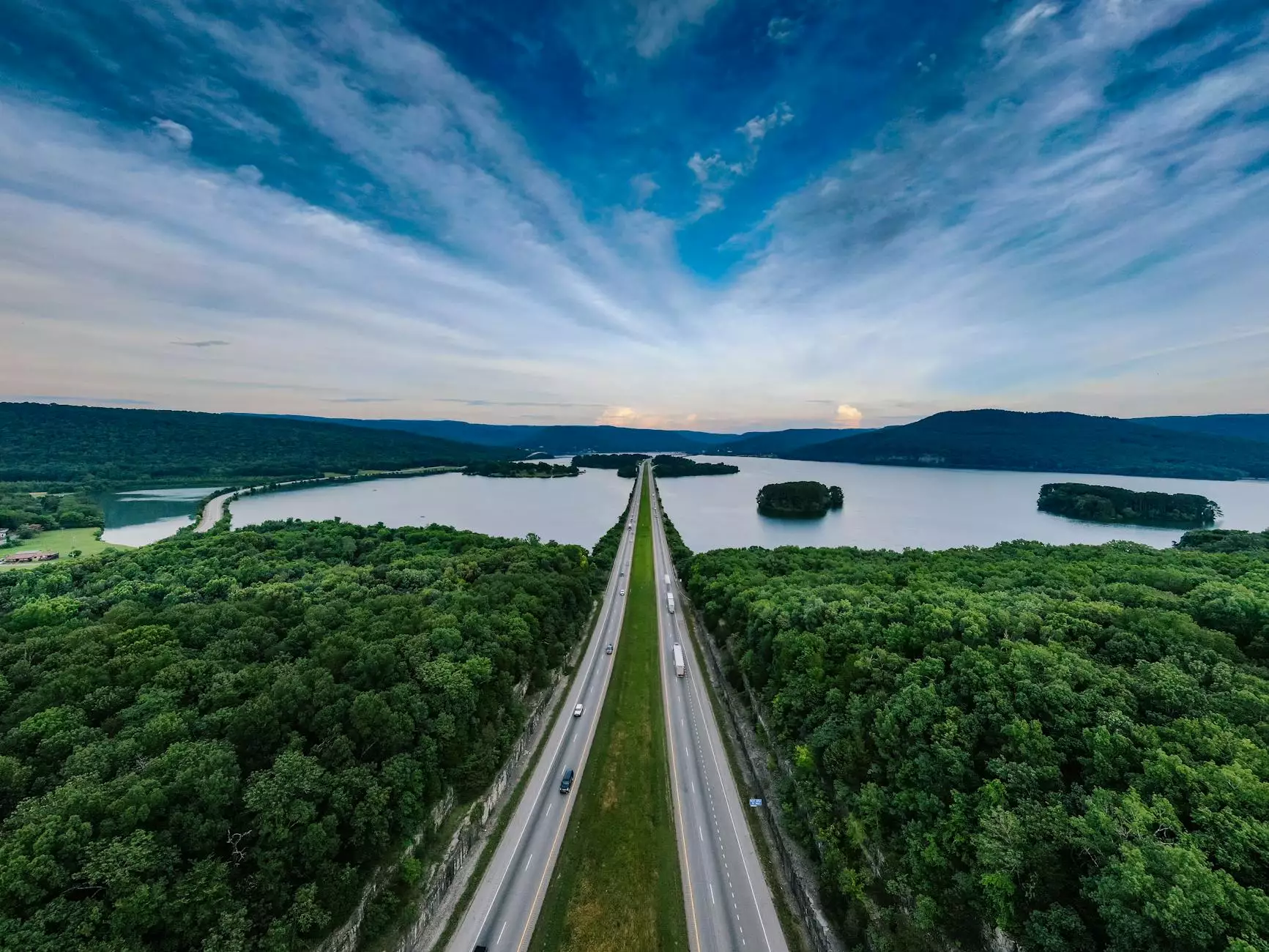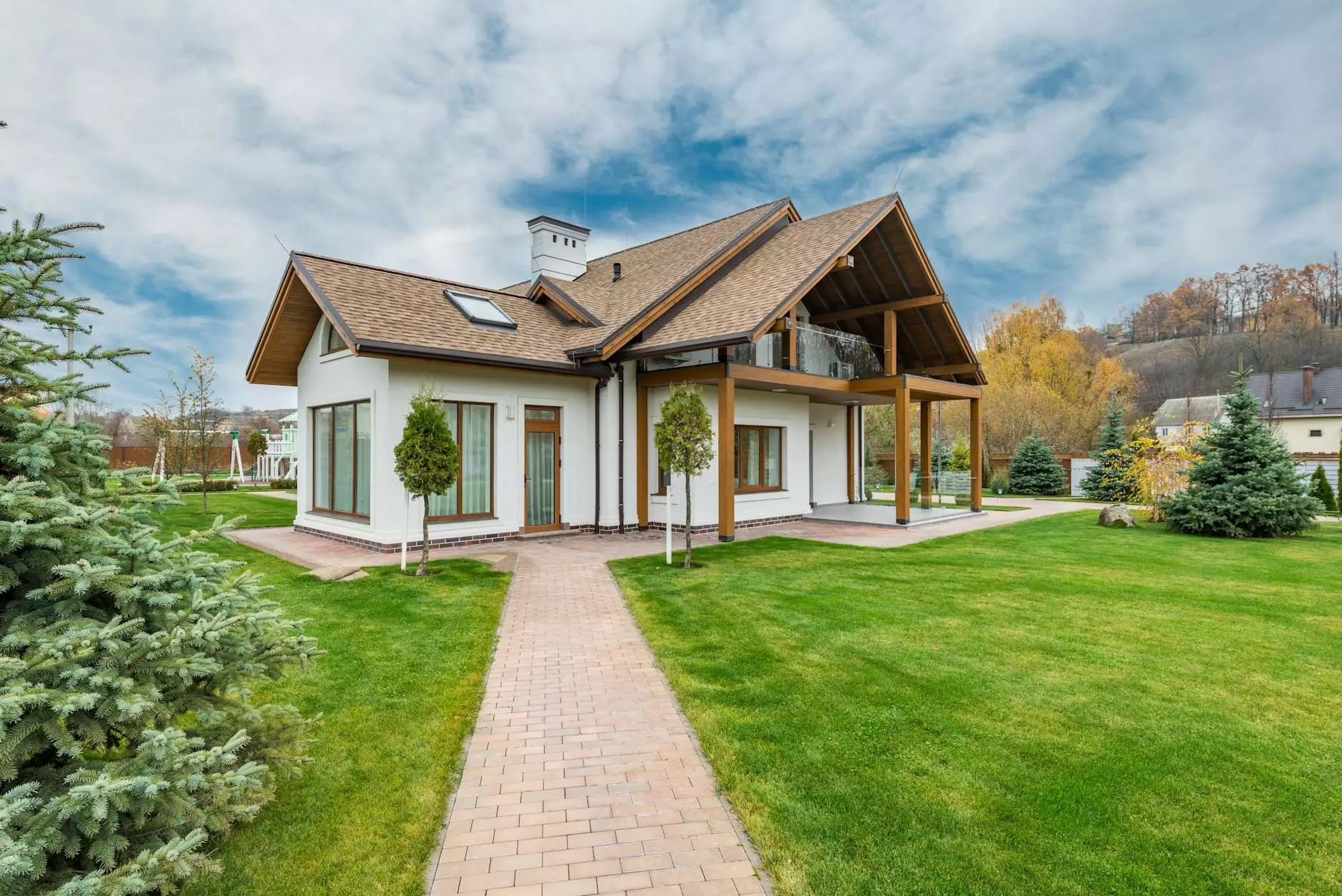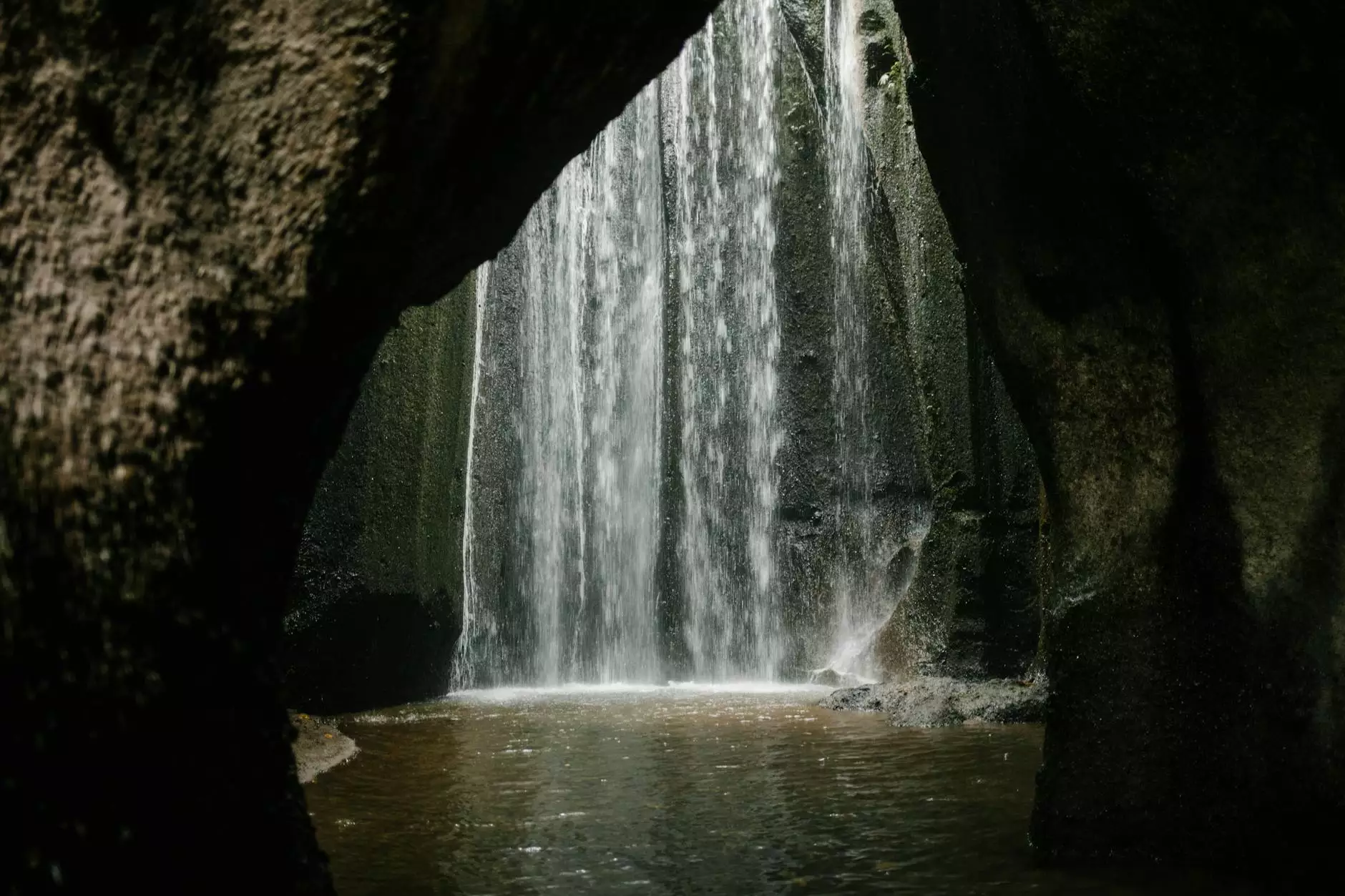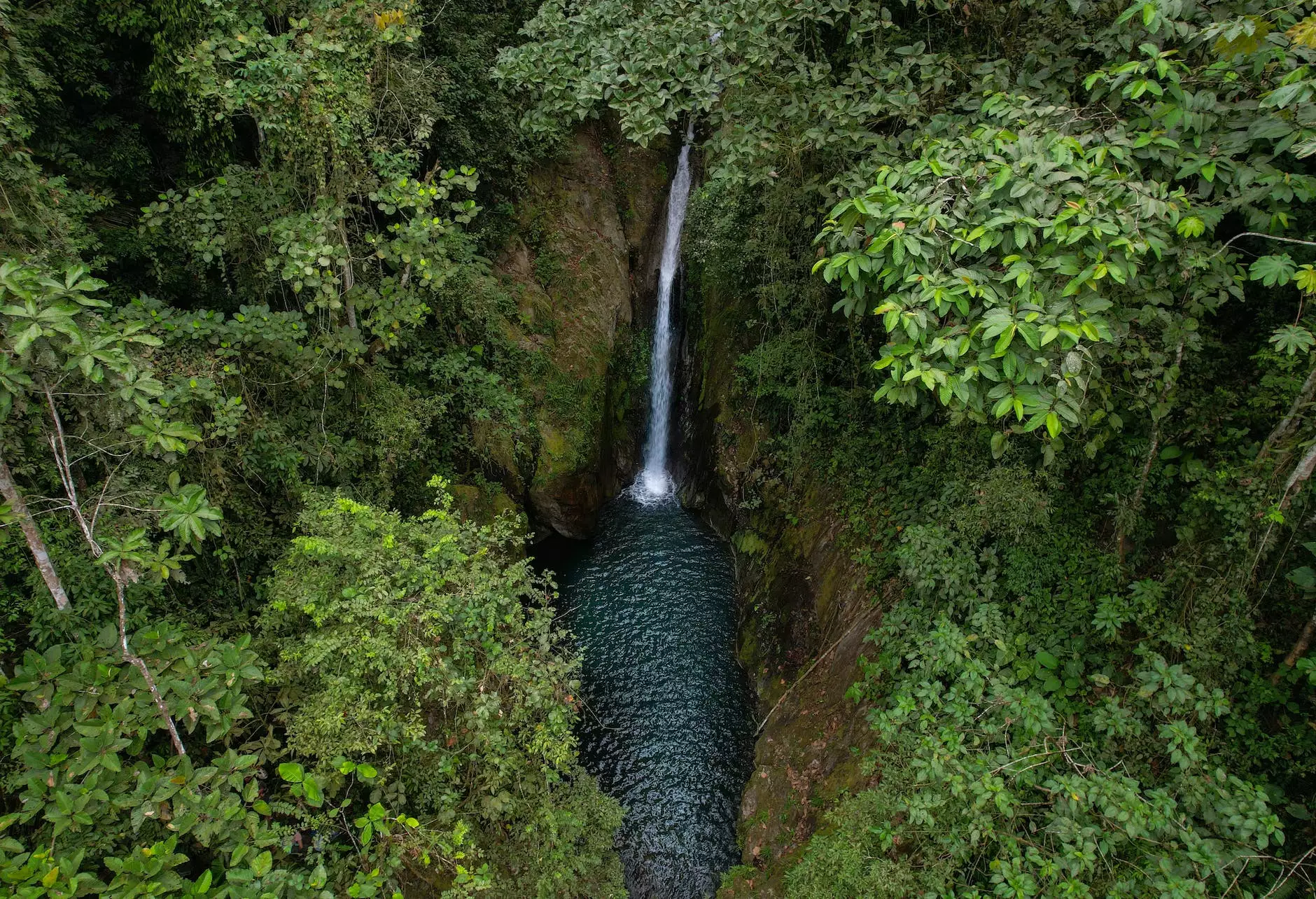Lighting Tips for Construction Projects

Introduction
Welcome to Bass Construction Company's comprehensive guide on lighting tips for construction projects. Whether you are involved in heavy industry, engineering, or general construction and maintenance, proper lighting is crucial for enhancing safety, productivity, and overall project success. In this guide, we will provide you with valuable insights and techniques to optimize your lighting solutions.
Importance of Effective Lighting Solutions
Effective lighting is not just about illumination. It plays a vital role in ensuring worker safety, reducing accidents, and providing optimal conditions for productive work. Here at Bass Construction Company, we understand the significance of well-designed lighting systems for various construction and maintenance applications.
The Right Lighting for Heavy Industry and Engineering
In heavy industry and engineering projects, lighting requirements can vary significantly. Some crucial factors to consider include:
1. Illumination Levels
Heavy machinery, complex installations, and hazardous environments demand sufficient illumination levels. Adequate lighting not only enhances safety but also allows for accurate inspections and troubleshooting.
2. Lighting Control Systems
Implementing advanced lighting control systems can improve energy efficiency, reduce costs, and allow for customized lighting scenarios based on specific project needs. This can involve the use of sensors, timers, and dimmers.
3. Durability and Weather Resistance
Heavy industry and engineering environments often expose lighting fixtures to extreme conditions, such as high temperatures, moisture, vibrations, and impact. Investing in durable and weather-resistant lighting solutions ensures longevity and minimizes maintenance requirements.
Constructive Lighting Tips by Bass Construction Company
1. Proper Placement and Spacing
The positioning and spacing of lighting fixtures are essential for achieving uniform illumination across work areas. Analyze the specific requirements of your project to determine the optimal placement and spacing for maximum efficiency.
2. Utilize Natural Light
Where possible, make use of natural light sources to reduce energy consumption and create a more pleasant working environment. Consider incorporating skylights, windows, or light tubes into the design to harness natural daylight.
3. Task Lighting
Task lighting focuses light on specific areas where detailed work is performed. Use task lighting to provide additional brightness and reduce eye strain, particularly in areas that require precision and accuracy.
4. Color Temperature Considerations
The color temperature of lighting can significantly impact the ambiance and functionality of a space. For example, cooler color temperatures (5000K-6000K) are often used in areas where precise visual tasks are performed, while warmer color temperatures (2700K-3000K) create a cozy atmosphere in break rooms or offices.
5. Energy-Efficient Solutions
Consider using energy-efficient lighting solutions, such as LED or fluorescent fixtures. These options not only reduce energy consumption but also provide longer lifespans, resulting in lower maintenance costs in the long run.
6. Emergency Lighting
In heavy industry and engineering, emergency lighting is critical for ensuring safe evacuation during power outages or emergencies. Install backup lighting systems, including emergency exit signs, to comply with safety regulations and protect workers' well-being.
Conclusion
In conclusion, proper lighting plays a vital role in heavy industry, engineering, construction, and maintenance projects. By implementing the right lighting solutions, you can enhance safety, productivity, and overall project success. Bass Construction Company specializes in providing superior construction and maintenance services, including efficient lighting solutions tailored to your specific needs. Optimize your operations with our expertise and take your projects to new heights. Contact us today to discuss your lighting requirements!









